Rice is one of the most universally accepted foods on the planet. And because it’s relatively inexpensive and easy to store long term, it’s a no-brainer for the dedicated prepper.
It seems like every other visit to Costco my wife and I are grabbing a bag of rice… So we decided to write this guide to help you and other prepper’s understand how to properly store rice long term.
Now, onto the fun stuff.
In This Article
- Understanding Basic Rice Storage
- Factors To Consider
- What You Need
- How To Store Using Mylar Bags
- Tips To Store Without Mylar Bags
- Tips To Store To Prevent Bugs
- FAQS
Understanding Basic Rice Storage
Before we dive into the methods, it’s important to understand the basics of rice storage. Rice is susceptible to moisture, insects, and oxygen, affecting its quality and shelf life. To store rice long term, you need to protect it from these elements.
Rice preservation is about controlling temperature, air, and moisture to keep your rice fresh and flavorful. The key to successfully store rice long term begins with the following:
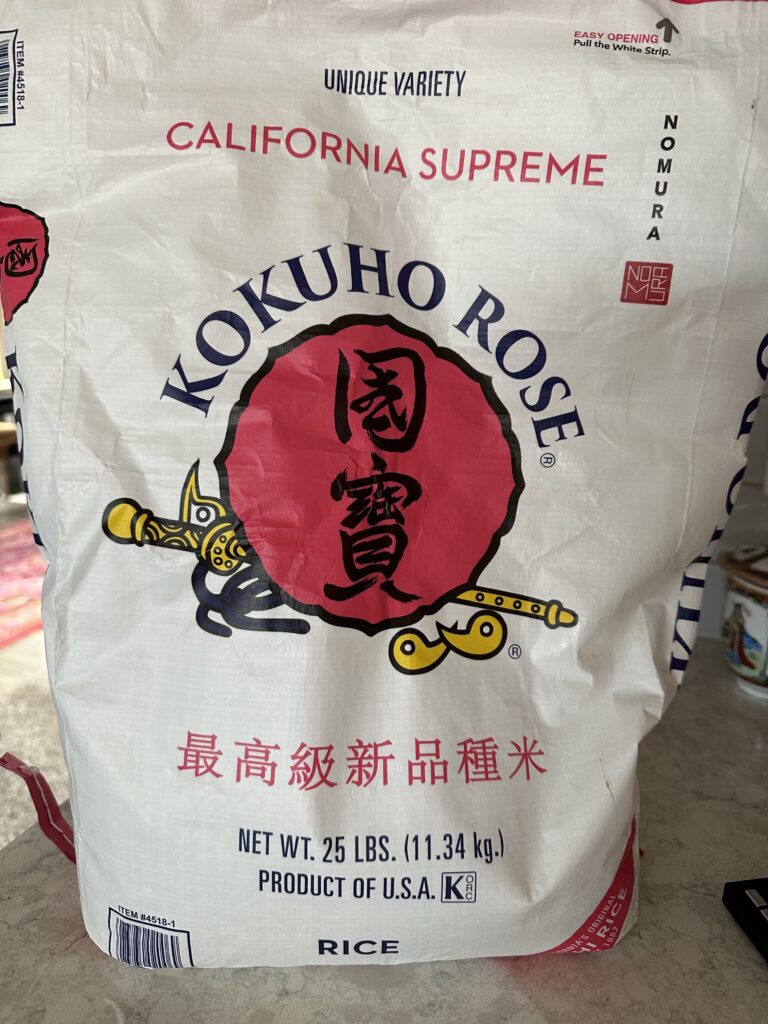
● Selecting the right type of rice
● Preparing it for storage
● Storing in appropriate containers
● Maintaining the environment where you will store rice long term.
Factors to Consider When Storing Rice Long-Term
Before talking about different rice storage techniques, it’s essential to understand the factors that affect rice storage. These factors include:
Types of Rice
Different types of rice have different storage requirements.
| Rice Type | Shelf-life | Shelf-life When Stored Properly |
| White | 2 years | 30+ years |
| Brown/Black/Purple | 6 months | 1 – 1.5 years |
| Wild | 10 years | 30+ years |
As you can see, different types of rice have different shelf lives. And how you store rice long term can make all the difference. So it’s crucial to consider the type of rice you want to store and adjust your storage plan accordingly.

Temperature
The best storage temperature for rice is between 40 – 70°F. Ideally, you should store your rice in a cool, dry place and away from direct sunlight. It’s best to store rice long term in a temperature-controlled environment, such as a basement or root cellar.
Pests
If you’ve ever stored rice for a long period of time, you may have come across rice bugs, also known as weevils. These pests are small and reddish-brown and can easily infest rice, flour, and other grains. They can quickly reproduce and contaminate large quantities of stored food if left unchecked.
Fortunately, the presence of these bugs does not mean your rice is unsafe to eat. However, it does mean that you need to take steps to keep them away.
My family and I have experienced rice weevils first hand. They are much smaller than you might think to the naked eye and could easily be dismissed as specks of dirt or debris. My wife has always rinsed rice a few times before cooking it and on this one occasion she was greeted with some uninvited dinner guests.
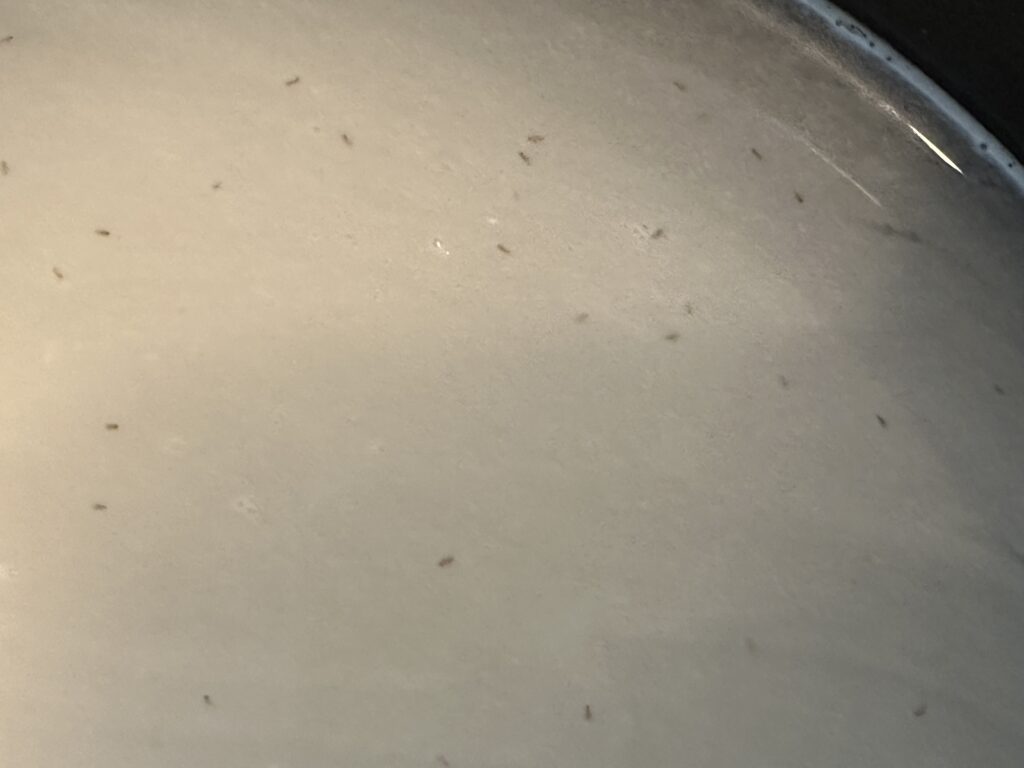
As she started to rinse the rice, she noticed multiple tiny brown specks and realized “We Had Rice Weevils!” She immediately took the rest of our rice from the cabinet and put it in the freezer to kill in eggs & pests.
Then, she continued rinsing, stirring and discarding the water about 20 times until she got rid of most of the floating weevils. Next she cooked the rice as normal and it turned out great, no change in taste and it was delicious. You would never even know the difference.
I’m sure there was still a few rice weevils left that got cooked and added to our protein for the night, but we are fine with that. It makes for a good story our kids can tell their friends about the time we had bugs for dinner.
Some people might not rinse it at all & cook as normal knowing that the weevils and their eggs are harmless to humans. I know in an SHTF situation, we will not be wasting water to rinse weevils from our rice & the added protein is a benefit.
Although our bulk storage is in airtight containers, my wife liked to keep the rice we use frequently in a container with pop up lid for easy pouring. It was not air tight, the convenience was not worth it and we learned a valuable lesson.
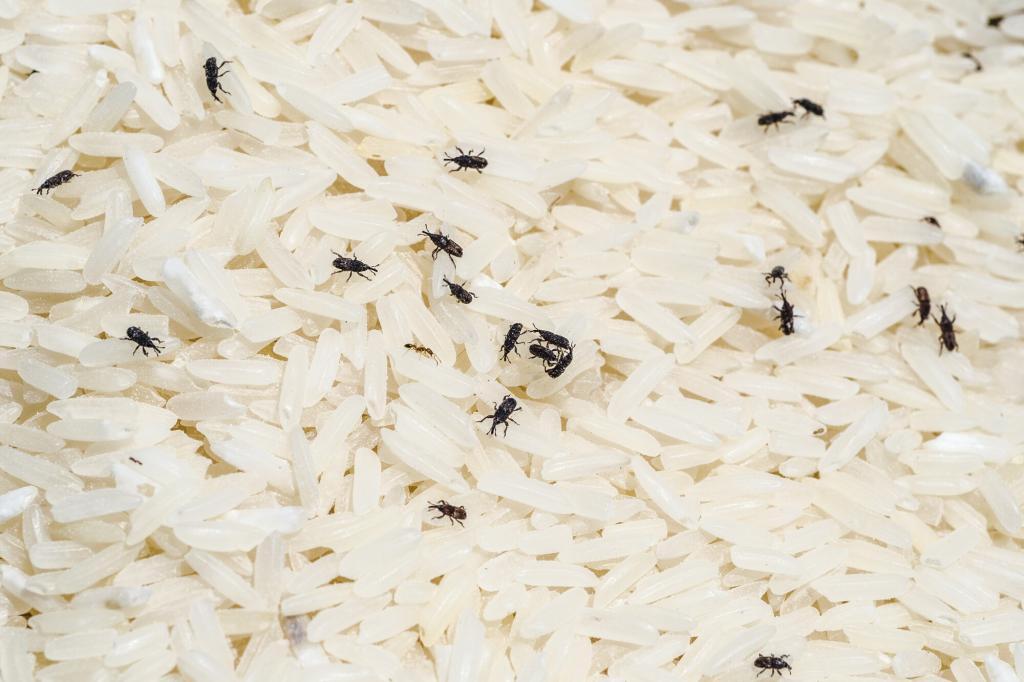
Here’s how to kill rice weevils:
● Check the rice for bugs. It’s important to remove pests before storing rice long-term because if you aren’t aware and put in in storage they will continue to multiply.
● One way to kill rice bugs is to freeze the rice for several days. This will kill the bugs and their eggs, ensuring that they don’t return.
● Alternatively, you can heat the rice in the oven at 140°F for 30 minutes, killing the bugs and their eggs. It’s important to inspect your rice for signs of bugs before storing. After you’ve put in the effort to prepare your rice supply, the last thing you want is infestations of pesky insects.
Rinse Rice Weevils Away:
Simply rinse, stir, drain water & repeat until you can no longer see any floating on the top of the water. Then cook as normal. Use one of the steps above to kill any weevils or eggs remaining in your uncooked rice storage.
Check out our video on rinsing the rice weevils away:
Oxygen
Oxygen can also affect the shelf life of rice. When exposed to oxygen, rice can oxidize, resulting in rancidity and spoilage. Therefore, it’s crucial to store rice long term in airtight containers and use oxygen absorbers to remove any remaining oxygen.
Moisture
Moisture is one of the most critical factors to consider when storing rice long-term. Rice should be stored in a dry environment to prevent the growth of mold and bacteria, which can cause spoilage. Therefore, it’s essential to ensure that the storage containers are airtight and moisture-proof.
What You’ll Need to Store Rice Long Term
Storage Containers
To store rice long term, you’ll need a storage container. Choose airtight, moisture-proof containers large enough to hold the amount of rice you want to store. Here are some examples:

Mylar Bags
Mylar bags are airtight, and if used with oxygen absorbers you can extend the shelf life of the rice significantly. These bags are an effective way to store rice long term to prevent bugs. However, you must seal them properly. You can vacuum seal mylar bags and add oxygen absorbers to remove all the air from the bag, preventing oxidation and spoilage.
Food-Grade Buckets
One of the most popular alternatives to Mylar bags for long-term rice storage is food-grade buckets. Food-grade buckets are made from high-density polyethylene and are designed specifically for food storage. They come with airtight lids that help to keep the rice fresh for a long time. These 5-gallon buckets are inexpensive and easy to find at hardware stores and online retailers. They come in various sizes, so you can choose the one that suits your storage needs. 5-gallon buckets are most common and are a staple for most prepper’s. In addition to food stores, these can be used to store all kinds of items.
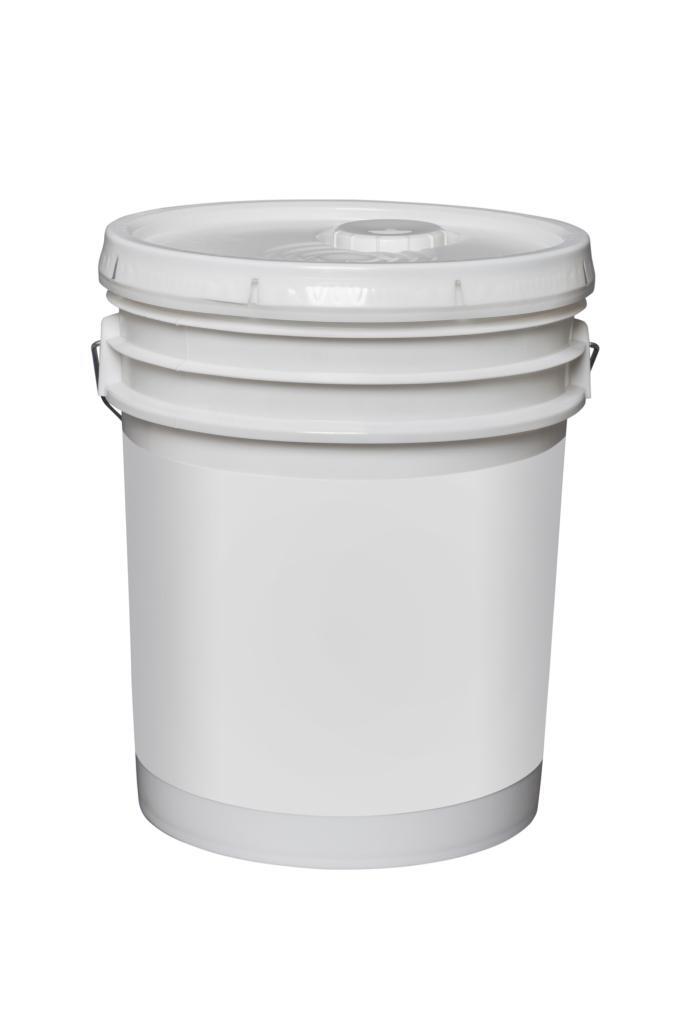
Glass Jars
Glass jars are an excellent option for storing rice in small quantities. They are airtight and do not allow air or moisture to enter the jar. However, they are not the best option for storing large quantities of rice.

Oxygen Absorbers
Oxygen absorbers are small packets that contain iron powder. When placed in an airtight container with rice, they absorb the oxygen inside the container, creating an oxygen-free environment. This prevents oxidation and ensures that the rice stays fresh for a longer time.
Here’s a guide to how many oxygen absorbers you should use.
| Container Volume | Recommended Amount ofOxygen Absorbers |
| ½ gallon | 200cc – 500cc |
| 1 gallon | 300cc – 600cc |
| 1.5 gallon | 1000cc |
| 2 gallons | 1000cc – 2000cc |
| 5-6 gallons | 2000cc |
Labeling Supplies
- Sticker labels or masking tape
- Pen or sharpie marker
Labeling your rice storage containers with the type of rice and the expiration date is important. This way you not only stay organized, but ensure that all stored items remain fresh and edible for as long as possible.
How to Store Rice Long Term Using Mylar Bags
1. Gather your supplies: rice, Mylar bags, oxygen absorbers, measuring cups, iron, and a container to hold the rice bags.
2. Measure out the rice and add the recommended amount of oxygen absorbers.
3. Fill the Mylar bags with rice. Leave some space at the top for sealing and oxygen absorbers.
4. Add oxygen absorbers to the bag. Place the oxygen absorbers on top of the rice before sealing.
5. Use an iron set to medium-high heat to seal the top of the Mylar bag, leaving a 2-inch gap for the oxygen absorbers.
6. Drop the oxygen absorbers into the gap and immediately seal it closed with an iron or hair straightener.
7. Write the date and contents on the outside of the bag and place it in a container in a cool, dry place.
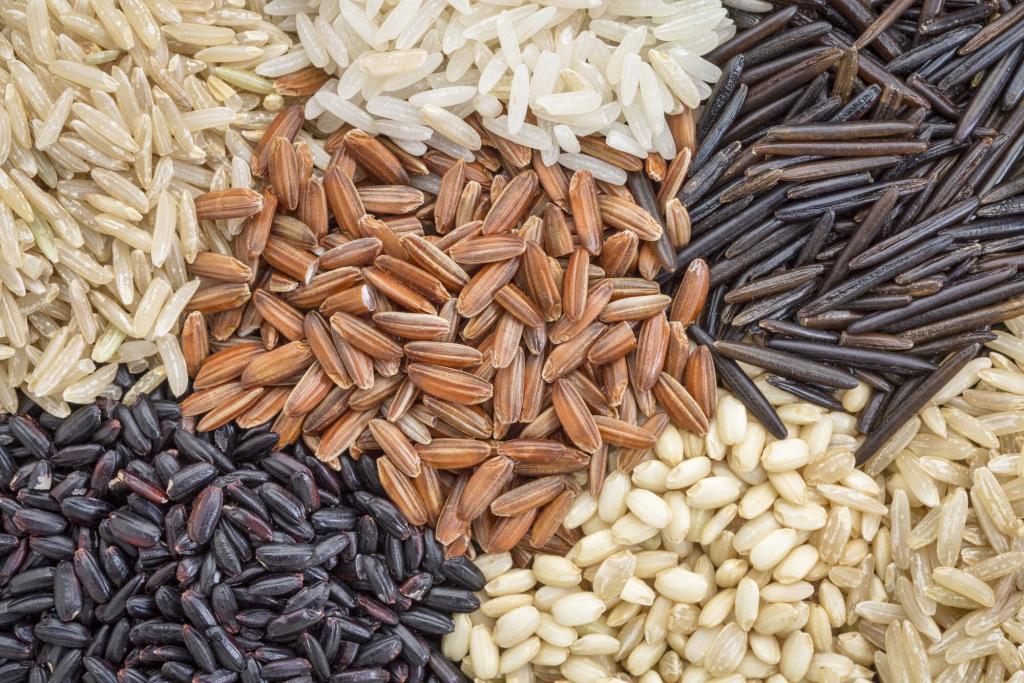
Tips on How to Store Rice Long Term Without Mylar Bags
If you’re looking for other ways to store rice long term, but don’t have access to Mylar bags, here’s what you need to know:
● Use food-grade containers like mason jars, plastic buckets with lids, and sealable bags are all good options. Make sure they’re clean and dry before use.
● Add oxygen absorbers. These small packets are available online or in stores. These will help remove any remaining oxygen from the container. Add one or two per container, depending on its size. When it comes to oxygen absorbers, err on the side of abundance — you can never use too many.
● Store your rice in a cool, dry place. Aim for temperatures between 40-70°F with low humidity. Avoid storing in direct sunlight or near heat sources.
Tips On How To Store Rice Long Term To Prevent Bugs
● Clean and inspect rice before storage. Make sure to choose high-quality rice that’s clean, dry, and free of insects or eggs.
● Use airtight containers to prevent bugs from entering.
● Add bay leaves, garlic, or pepper to repel insects. Replace them every few months to maintain their effectiveness.

● Store rice in cool, dry, and dark places to discourage insect growth.
● Use rice within its shelf life to avoid infestations.
● Rotate your rice supply. Use the oldest rice first and replace it with fresh rice as needed.
FAQs About Storing Rice Long Term
Why use rice for food supply?
Rice is an excellent choice for emergency food storage because it is affordable, easy to store, and has a long shelf life. It is also a great source of energy, carbohydrates, and essential nutrients, making it a versatile and healthy option.
What is the best storage container to store rice long term?
Airtight containers are the best choice. These include food-grade buckets, mylar bags, and glass jars.
How much rice should I store?
It’s recommended to store 300 lbs of grains per person for a one-year supply. Depending on personal preference and dietary needs, you can store 25 to 60 lbs per person.
How long can you store rice in a Mylar bag?
You can store rice long term in a Mylar bag for up to 25 years if stored in optimal conditions.
How often should I rotate my rice storage?
Rotating your rice storage every 1-2 years is recommended to ensure freshness.
Do you need oxygen absorbers for rice storage?
Yes, oxygen absorbers are recommended for rice storage. Rice contains natural oils that can become rancid over time, and oxygen can accelerate this process. Oxygen absorbers are necessary for rice storage because they help remove oxygen from the storage container, which reduces the growth of bacteria and prevents insects from breeding, thereby extending the shelf-life of the rice.
How do I know if my rice has gone bad?
To determine if rice has gone bad, look for signs of discoloration, unusual odors, or insect activity. Additionally, you can perform a simple taste and smell test before consuming.
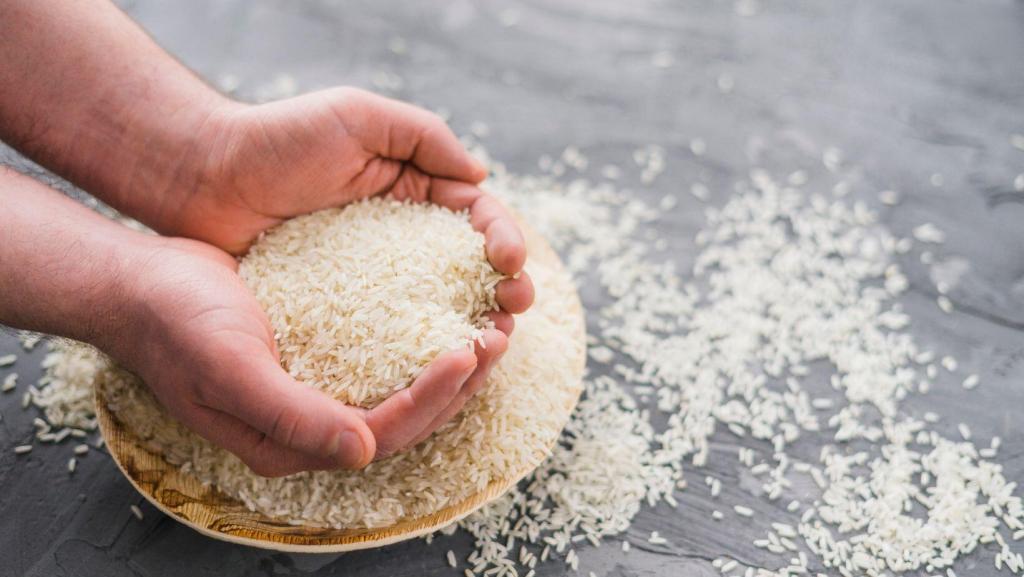
Conclusion
Following the rice storage tips above ensures that your rice stays safe and edible long-term. You need to plan and execute properly to keep your rice supply safe and edible. A proper storage plan for rice is vital for any prepper’s pantry, and knowing how to store rice long term can be a game-changer in emergencies.
Pro tips:
After our rice weevil infestation, my wife started adding a few bay leaves to our long term storage preps because we don’t know if the rice we bought already contained weevils or eggs. We assume we got a bad bag. Just looking at the rice before rinsing it you couldn’t see any signs of weevils and once we rinsed it as you can see in the video, they are clearly evident.
Keep a dozen or so mason jars with rice stored away. These are great for barter should SHTF and you need to make a trade. They’re also handy for the one-off situation where you need some rice but don’t want to break into a larger, long-term storage container.
Have you ever experienced rice weevils? Let us know in the comments below.
ABOUT THE AUTHOR
Bill Montgomery is the co-founder of Modern Day Prepping. He and his wife Angie have been dedicated to the self-reliant lifestyle since 2008. When he’s not working on the homestead, he enjoys tinkering with electronics and family movie nights with Angie and their two boys. To learn more about Bill, visit the About Us page.
If you want to know how to keep your family safe in the modern world, visit Privacy For Patriots, a sister site that Bill started to help fellow Patriots stay "off the radar" from bad actors and big tech.


0 Comments